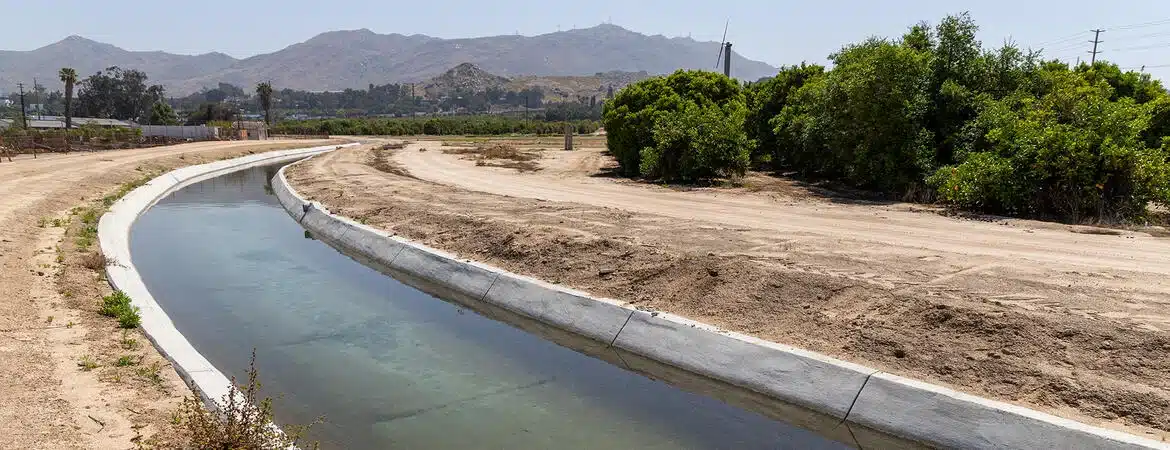Wheat breeders at Washington State University are sizing up experimental crops from a new perspective: cameras that see far better than the human eye.
Scientists deploy tractor- and cart-mounted multi-spectral cameras to see how new wheat varieties handle challenges like drought, heat and disease. Results will help breeders and growers choose the best varieties.
“For thousands of years, people have been looking at plants in a field and saying, ‘that one grows well,’” WSU spring wheat breeder Mike Pumphrey said.
But there’s a lot our eyes can’t see that a new generation of cameras can.
“Now we have sophisticated cameras that tell us with one image, ‘Does that plant have enough groundwater? Is that line of plants using water more efficiently than the next?’ We’ve never been able to do that with our eyes,” Pumphrey added. He works in the Washington State University College of Agricultural, Human and Natural Resource Sciences’ Department of Crop and Soil Sciences.
While helping breeders quickly identify plants with higher yield potential, the technology could also carry over to commercial farming for use in fertility, water, disease and pesticide management.
For more details on the search, visit: https://news.wsu.edu/2015/03/16/roving-cameras-see-the-big-picture-for-wheat-breeding/#.VQhbrzpLI55












